OPEN ASSEMBLY
Experiments in Aesthetics and Politics

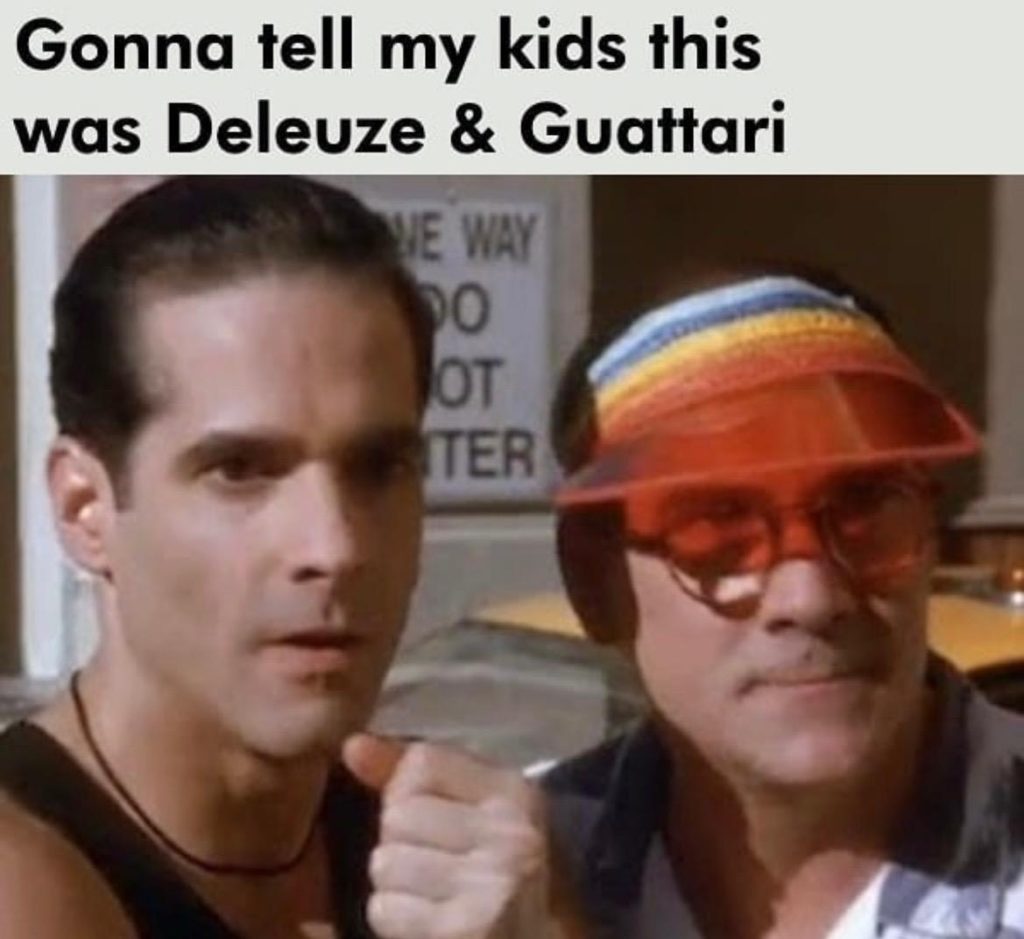
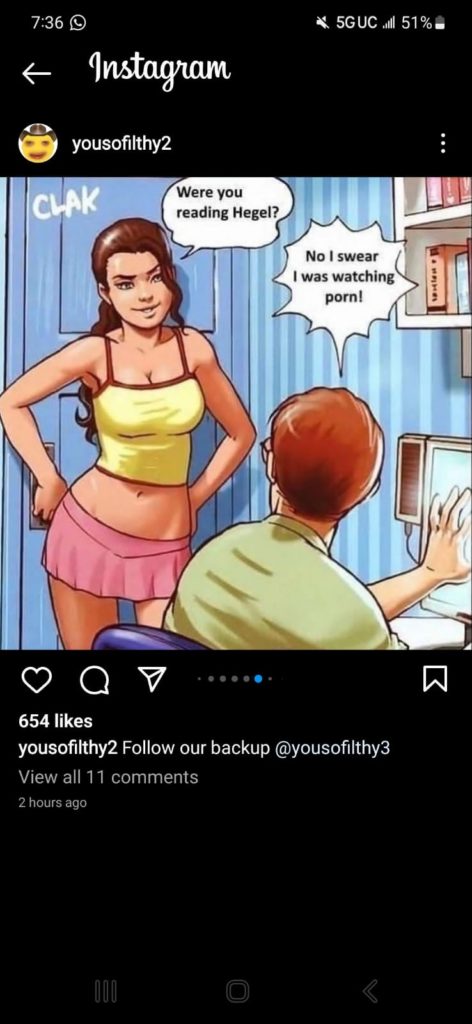
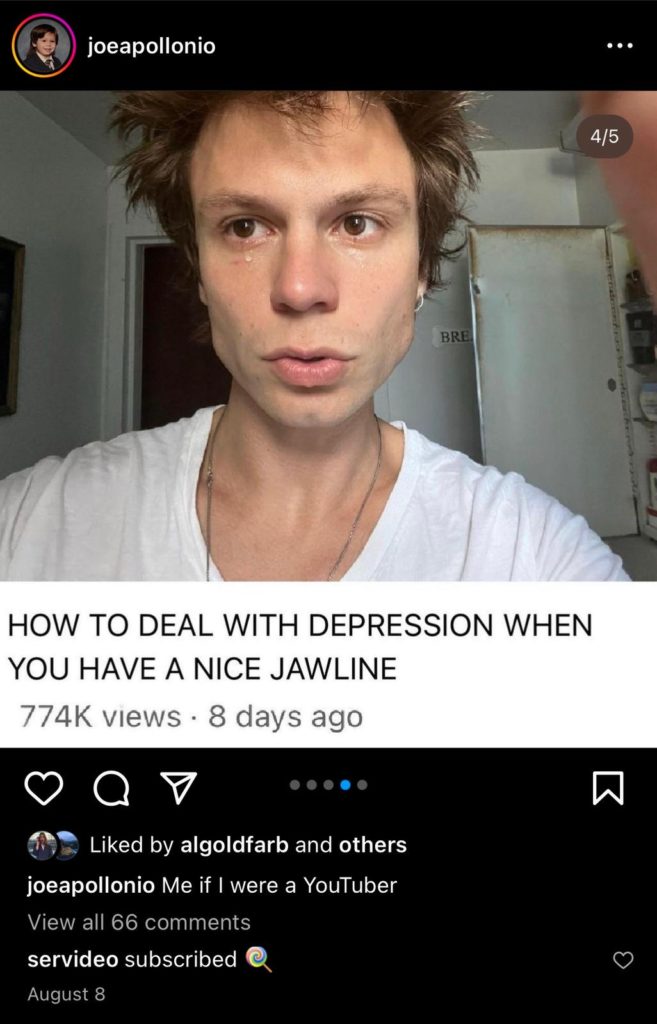
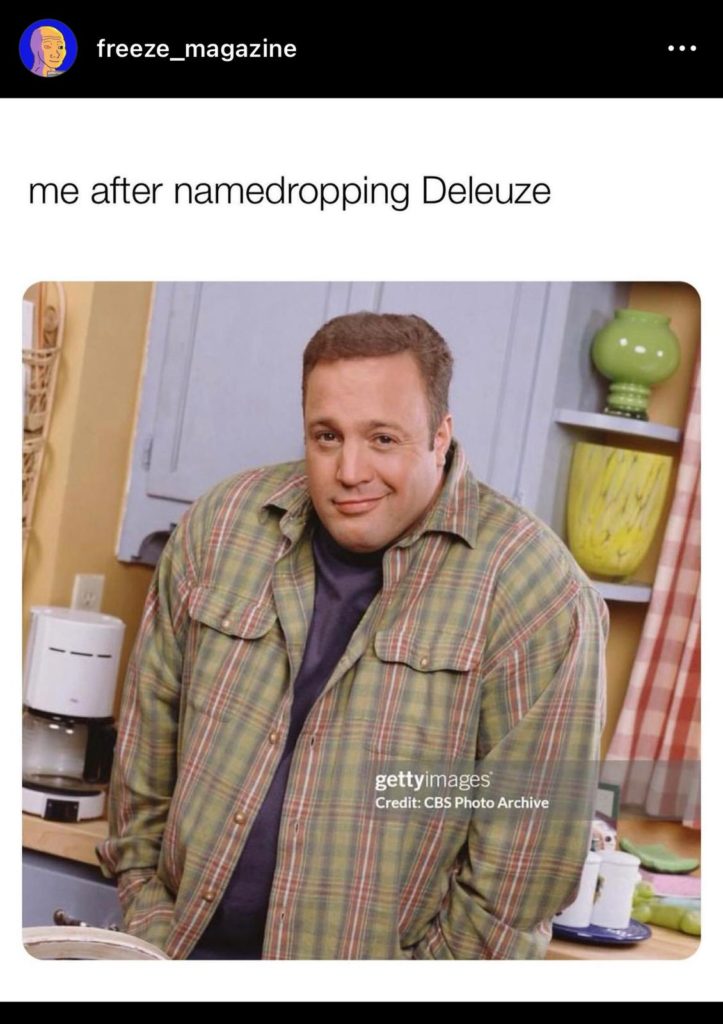
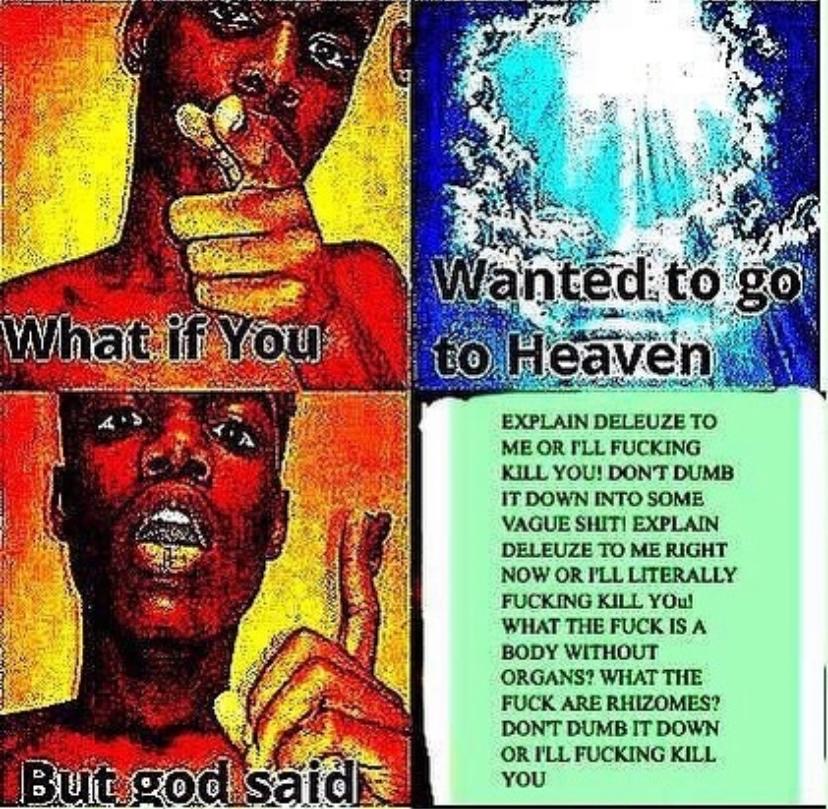

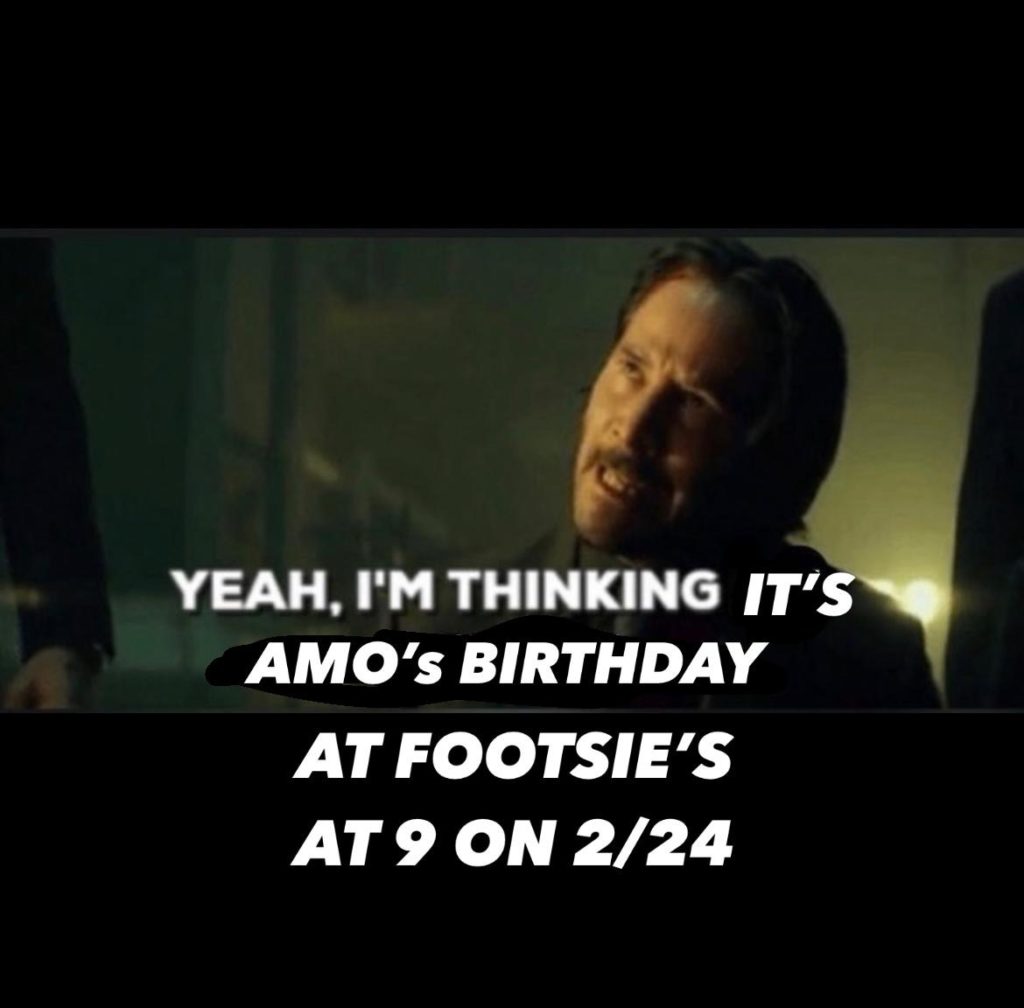
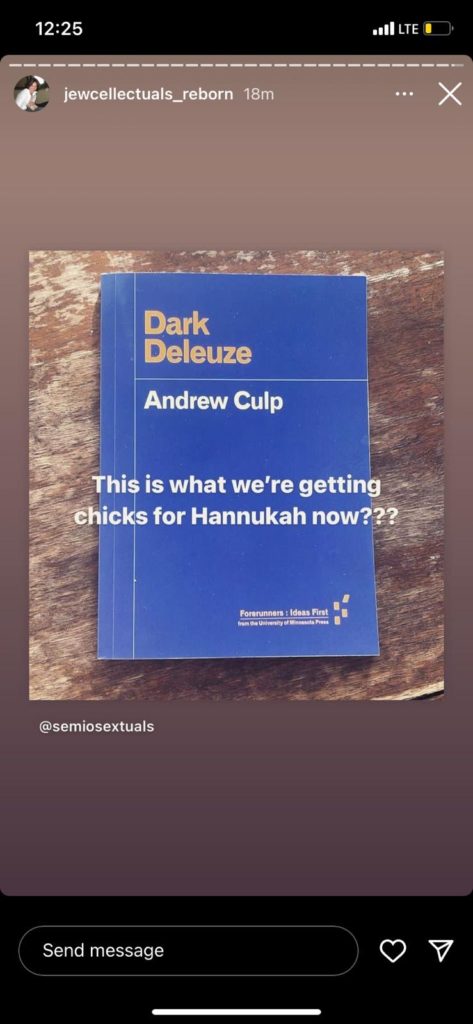
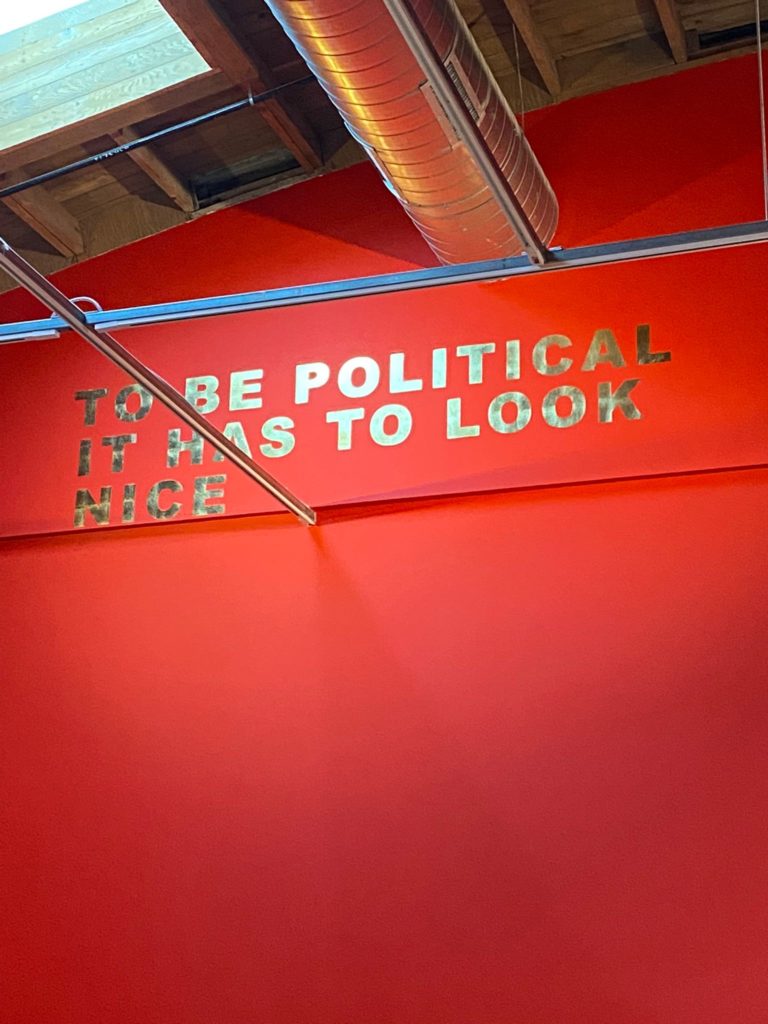
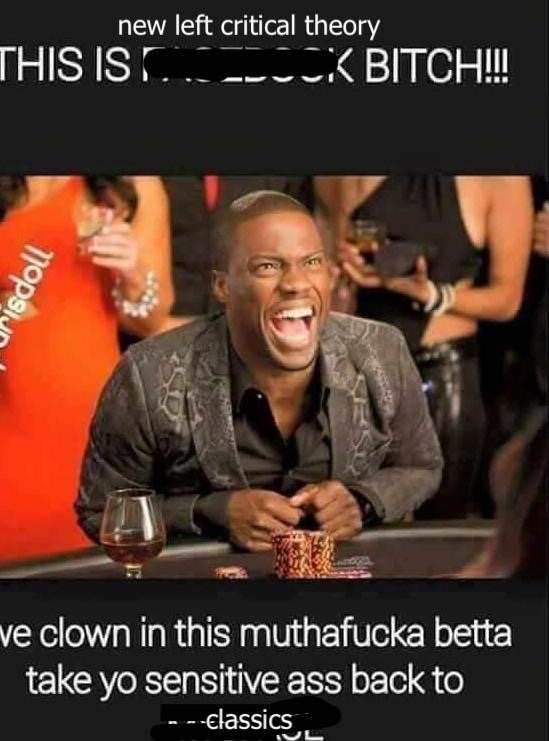
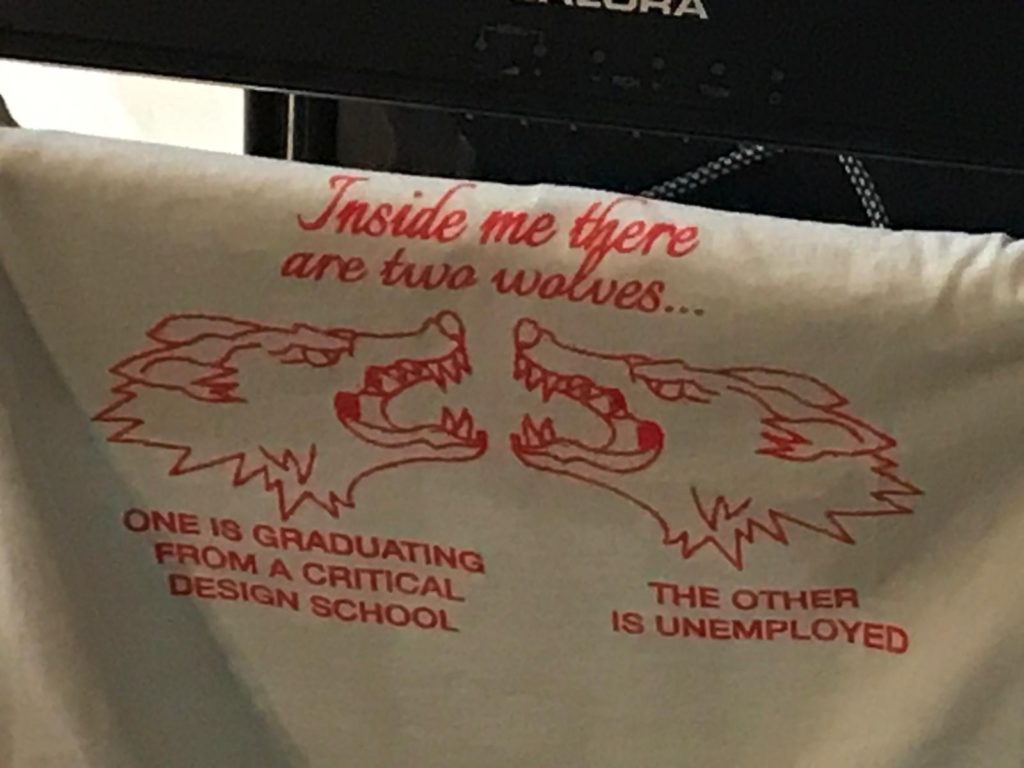
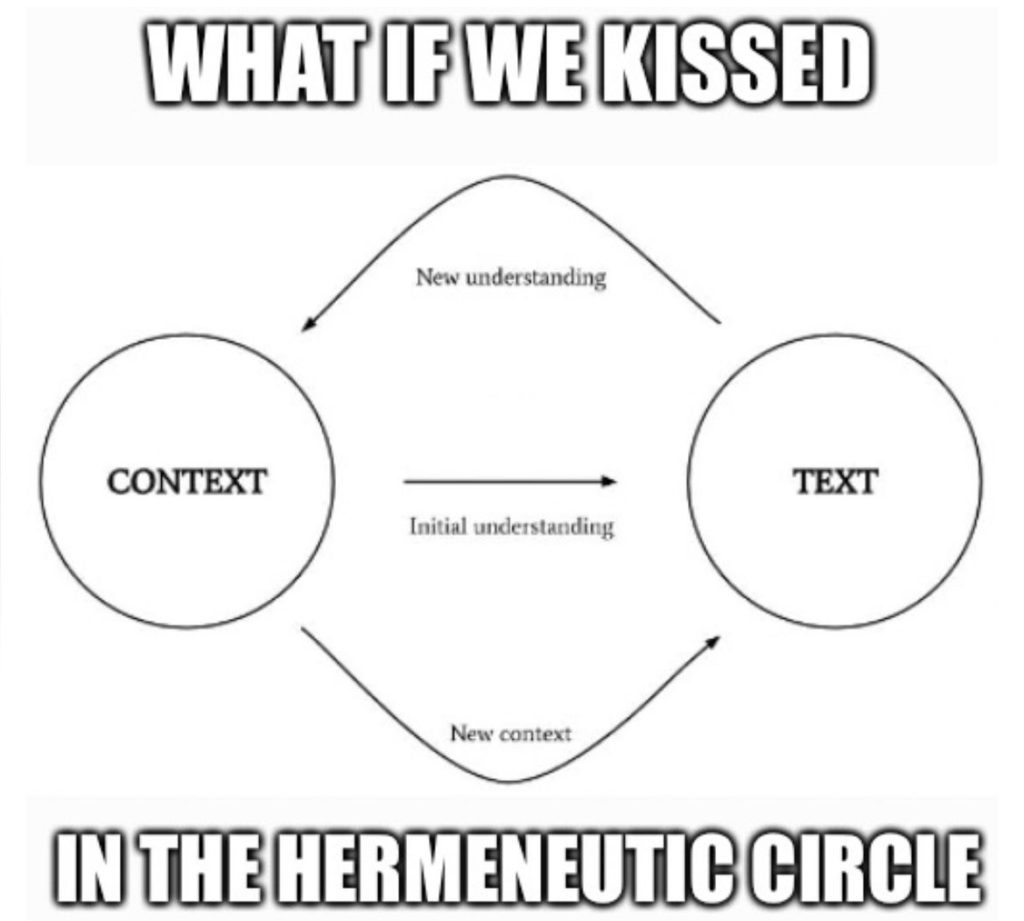

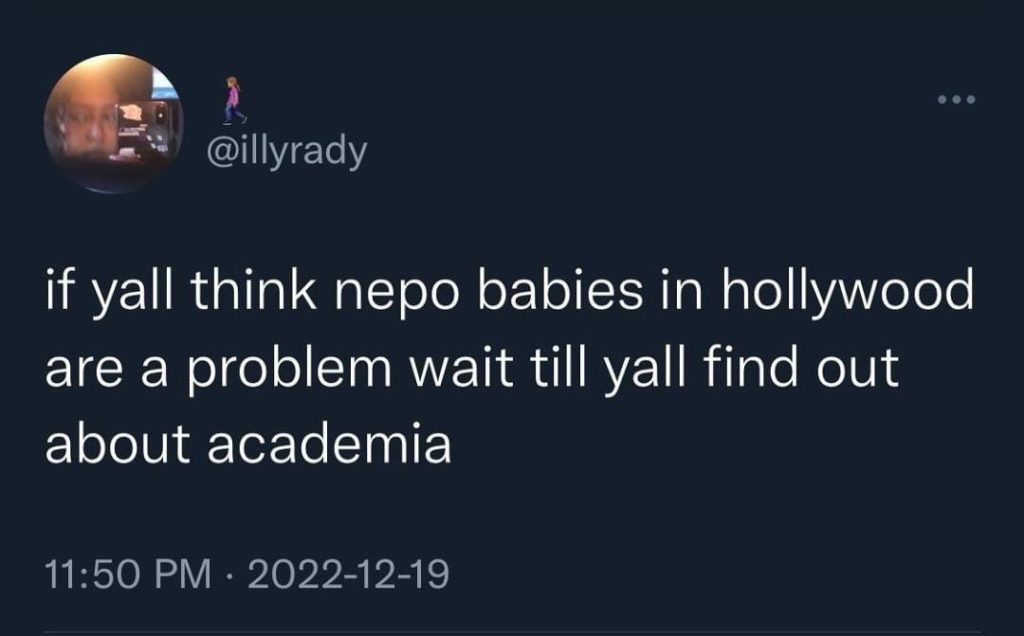
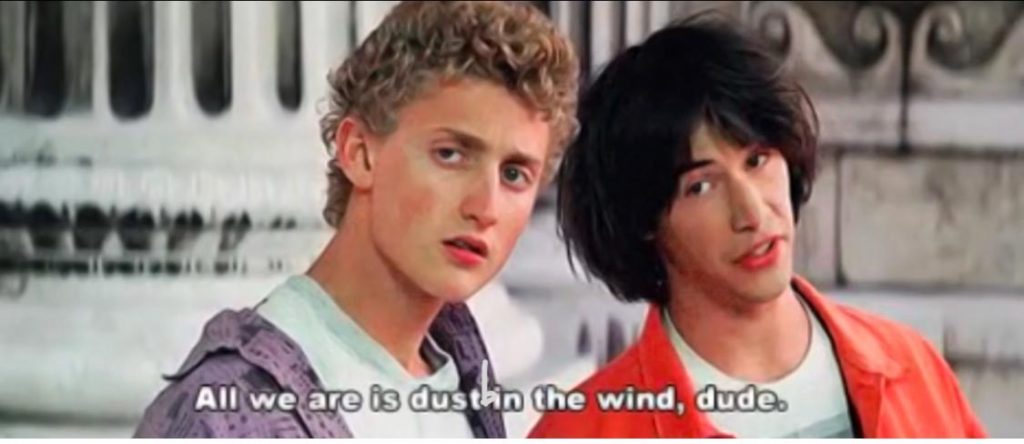


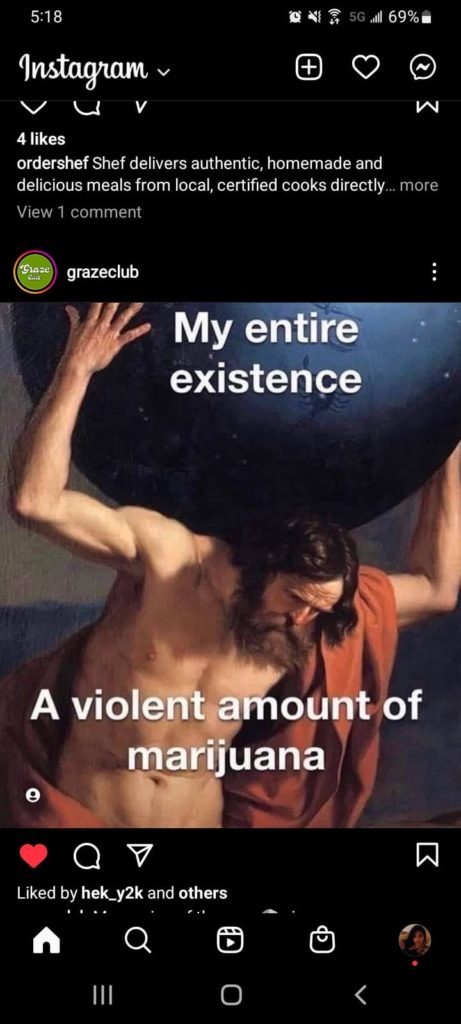
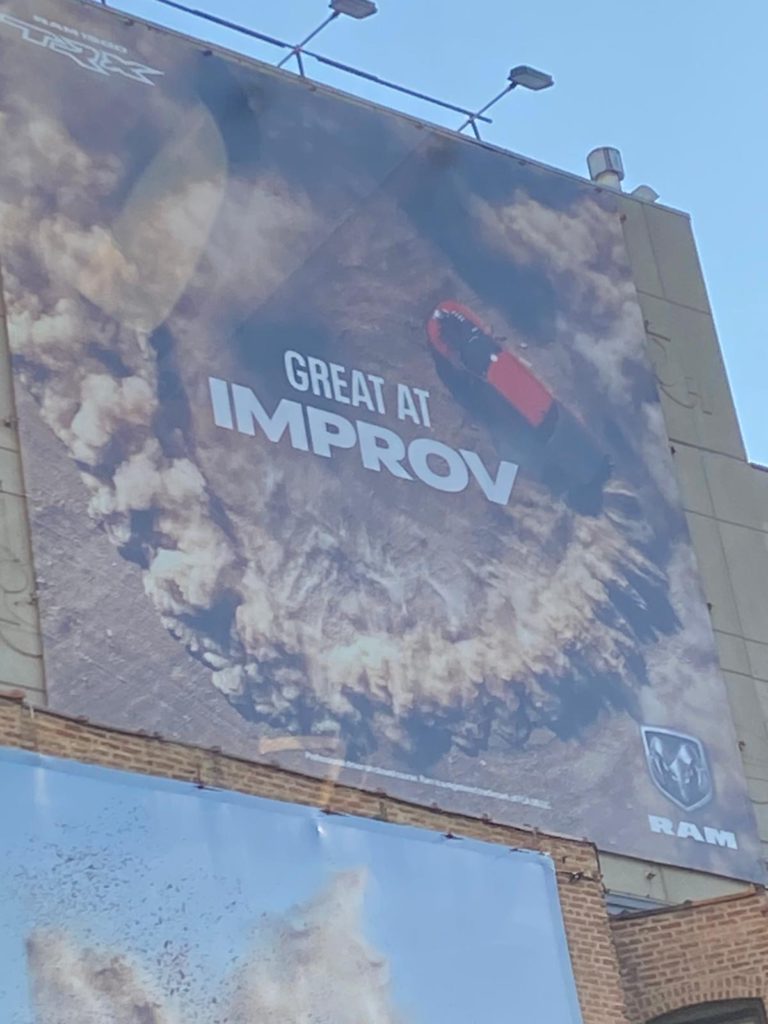
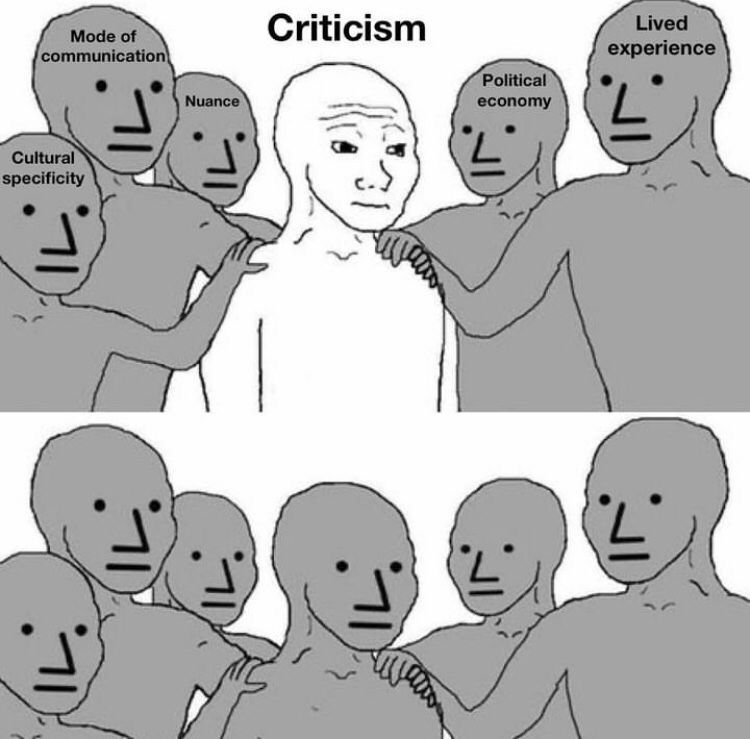
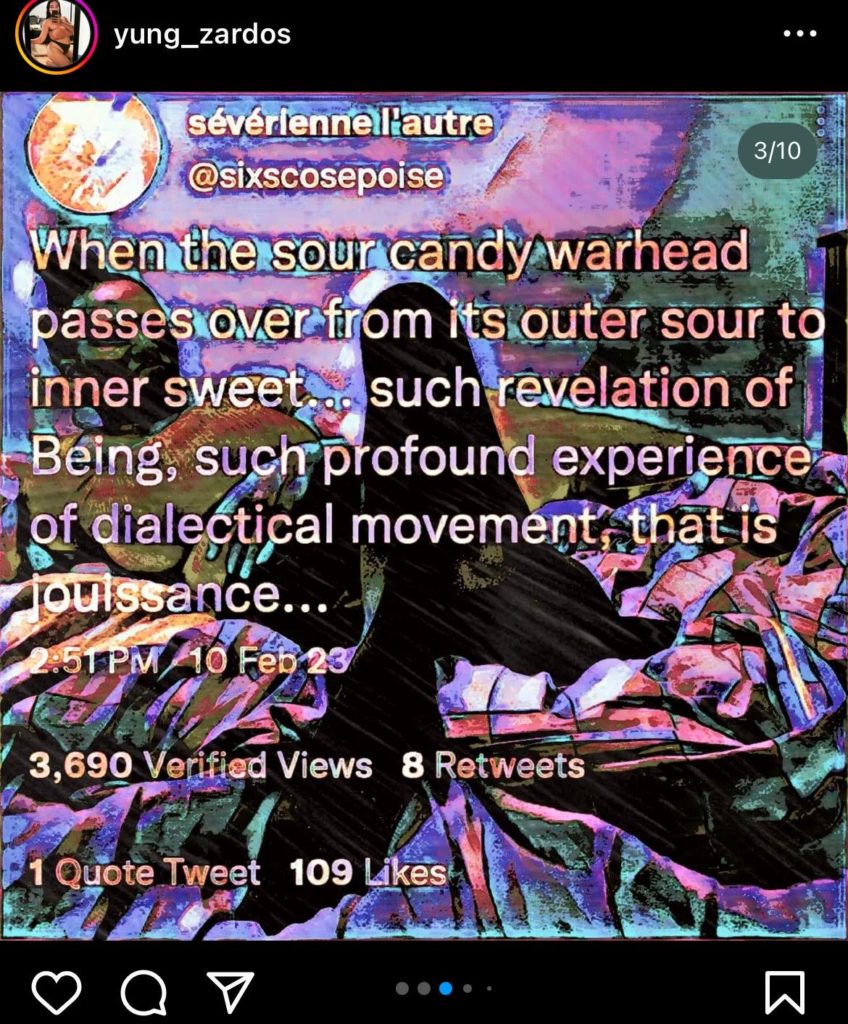
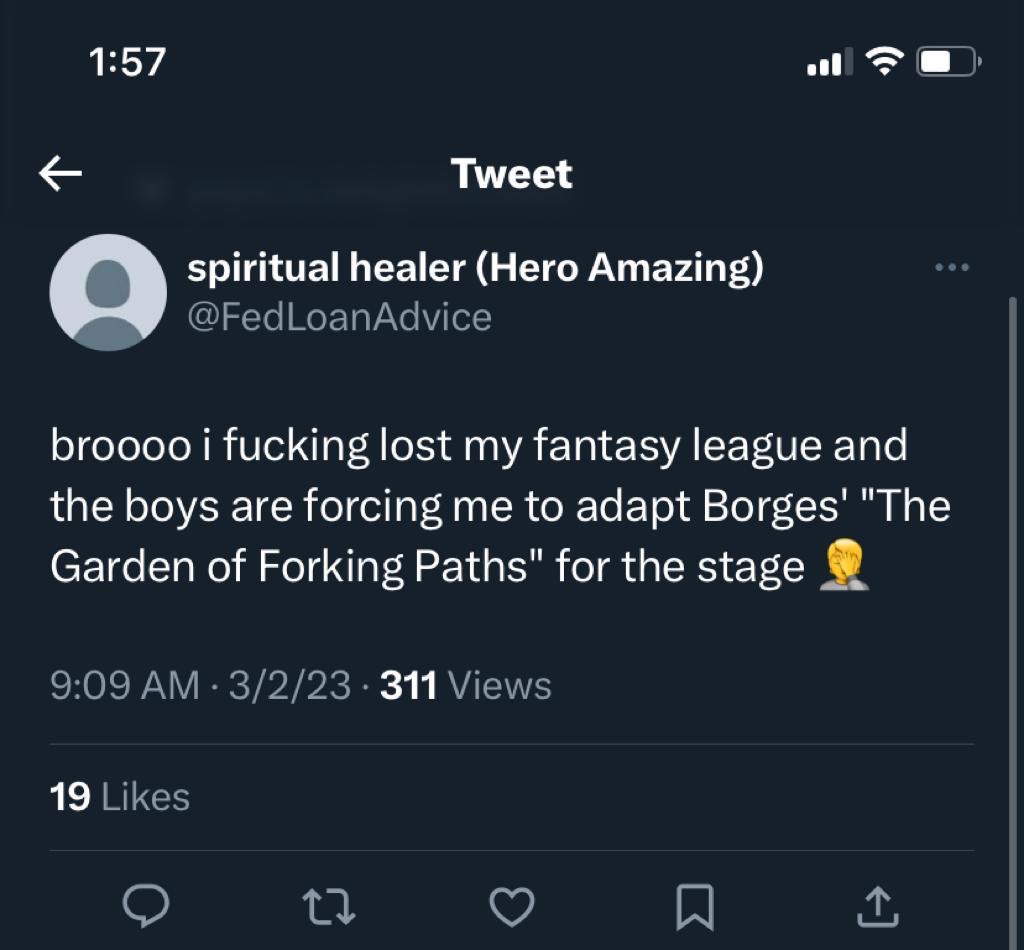
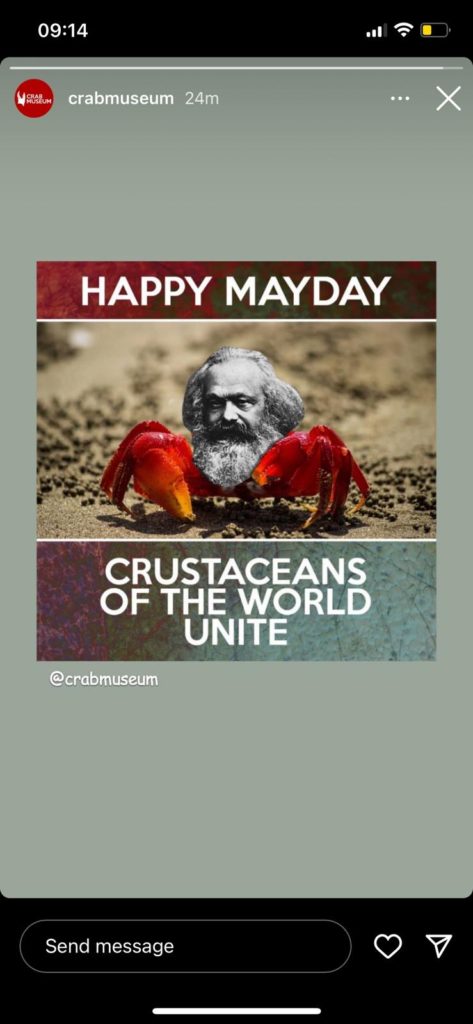
[ pending ]
[ pending ]
[ pending ]
[ pending ]
[ pending ]
[ pending ]
[ pending ]
[ pending ]
[ pending ]
[ pending ]
[ pending ]
In the introduction to Experimental Filmmaking and Punk, Rachel Garfield strongly argues against any understanding of the movement of punk as engaged in a transformative political project. In the introduction, punk is also distanced to structuralist/conceptual avant-gardist art as instead an affectual and personal art form. “Punk was more a vehicle for an experiential expression of itself.” As we look closer, we find that these two points of contrast in determining punk’s politics and aesthetics, respectively, are not only related but mutually reliant on each other. The two are linked in a passage such as the following: “the politics of punk was one of finding a voice in […] a disenfranchised world.” Finding a voice through art is only political insofar as collective struggle is no longer efficacious, which is able to be understood as such by two different procedures. One is the systematic triumph of financial capital over labor and the atomization of political organizing institutions, which occurs throughout the ’70s in the West. But the other is by linking, ideologically, organized class struggle with a ‘normative’ structuralist aesthetics, which means that a non-normative aesthetics opens the door for, and it is to my best understanding that this is what Garfield states, re-claiming the atomization and individualization produced by post-industrial capitalist society.
Punk created, then, “a psychic space one could call one’s own.” Furthermore, Garfield proposes the idea that the political efficacy of punk lies in what it, almost pragmatically, enabled as far as non-normative expression goes since, whether it is true or not that it engaged a working-class population, it was understood as an arsenal of aesthetic forms opposed to bourgeois customs. On the other hand, however, Garfield also claims that punk is not situated anywhere within the progression of stages of history by citing the beliefs or interests of the artists of punk, making the mistake of conflating artist intention with signification of the artwork. Overall, the general idea of the aesthetics of punk is for Garfield one which affirms the non-normative particularity of the self and of self-expression, which is in addition a gesture against the forces of normativity tout court. What this means is that the structure towards which punk refuses is seen as the aesthetic obstacle to an expression of the individual. This article intends to respond to these claims by emphasizing the side of punk in which self-destruction is included in the anti-structural act or performance.

To begin, what sort of theoretical instruments ought one use to consider punk? Garfield primarily understands its non-normative aspect from a feminist lens, but in order to consider this as an effect of punk the issue must be raised as to whether or not its possible for a popular cultural form is able to achieve an anti-structural refusal at all. To do this, Garfield turns to Kracauer.
Kracauer’s argument was that popular culture holds social truths which not only reveal the
operations of capitalism through their production but also give out pleasure and provide narratives through which we understand and anchor our lives and through which we re-interpret our reality. This is an approach closer to the later Foucauldian idea of power and popular culture than one which opposes popular culture as merely a doping mechanism that exerts control.
To me this at first appears as a distinction without a difference. Is the link she finds between Kracauer and Foucault that they argue, although agreeing with the Frankfurt School that it is tendentious, that popular culture has a relative autonomy or spontaneity that is not reducible to the self-conscious ideological operations of the ruling class? It seems to me that also punk, as an example, being called popular culture obscures its two-fold nature — internally fighting between nearly folk cultural practice and mass culture.
Garfield’s characterization of the distinction between the Frankfurt School’s and Kracauer’s critical theories of popular culture is based on the understanding of structuralism as a totalizing edifice. With a connection established between the organized class struggle of labor and structuralist aesthetics on the one hand; and the above implicit claim that structuralism is totalizing, the seemingly total capability of the capitalist order to reproduce itself even in the spheres of circulation and culture industry is linked to the position of the Frankfurt School, whereas the anti-structural idea that components of reproduction escape this totality is Kracauerian. For Garfield, the anti-structural act is affirmed in its political aesthetics since it does not appear to offer the means to reproduce the conditions of production – or, if we prefer to cede the ground of Foucauldian concepts, does not discursively convey the knowledge of the state.
To my mind, the problem of this position does not lie in the praise of the anti-structural act. Instead, the problem is that the anti-structural act is not seen from Garfield’s perspective to be a negation or refusal not just in one aspect but in a dual aspect. The superfluous moniker we associate with punk – “fight the system!” – is clearly an act of negation, but for it to mean a struggle against the totality, it must mean a struggle against the conditions of reproduction. This notion of an act which is against the totality requires we affirm the totality of the social order in order to reduce it to rubble. How does it affirm the totality? Merely in the way it necessarily includes in the act even the subject which is performing the act.
Structuralism, if it somehow took the structure as totality (meaning there is nothing other than it) and affirmed the existence of the self-destructive, anti-structural act, would then have to be an edifice about structure which includes the self-destroying aspect of what the totality comes up with, ultimately, by which I mean the subject. Including this seemingly external act of negation within structure is another way of saying that the thing which prevents the totality from becoming ‘all’ is by including even what is external to direct reproductive process within the structure. If there is something radical in the refusal of ‘punkness’ it would be exactly this: not merely the refusal to be included in the reproductive process of capital, backed by the state-form and institutions, but the expression of the fact that I, as both product and excess of the structure, cannot be included back within the limits of the ‘all’ or the fragile limits of reproduction without transforming the totality of the structure. In this way I completely agree with Garfield that punk is disinterested in a programmatic political vision or project. However, I would just add that even as there is no connected organized politics to the punk aesthetic, this does not mean it is opposed to collective struggle. Why? To express the externality of the self to the normative law means also to express the excluded individual as the immanently produced self-negation of the law. If there is something troubling to the status quo about punk, and therefore of consequence to collective political action, it is the effect which results from the punk declaring, “even I, too, am at the center of the structure.”
In X’s song The Unheard Music, the lyric “we’re locked out of the public eye” is repeated. But the paradox is that this exclusion happens everywhere. “There’s laughing outside” is a lyric which gets alternated with “there’s laughing inside.” Therefore the perspective of the speaker is that they end up in exclusion whether or not they are on the outside or the inside. This represents the universal inclusion of exclusion at every level of everyday life. One could quite neatly connect this with Marx’s theory of alienation, where alienation is experienced all the more by the one who is included in the wage-contract as well as the one who is not.
In another X song, The World’s a Mess, It’s in My Kiss, the chorus (which merely repeats the title of the song) concisely illustrates the relationship of punk to the structure at large. Since the social totality is in the position of producing all, it is therefore in control of nothing – this is why, after all, it must be reproduced again and again. So even though the world does not exist in the sense of being the Oneness of reality, its failure to be self-subsistent as a whole means it can only be represented by a partial object or an object which represents partially itself; a kiss, it would seem, is one of these objects.
That is the final piece of the puzzle, the missing piece, and when it is included, we get a structuralism of, as Lacan says, the ‘non-all.’ The anti-structural act is necessarily self-destructive, for this reason. And so, characterizing punk as the affirmation of the self (self-expression) in the world of the ideal (self-expression) in fact takes away its actual and self-negating dimensions. Garfield is absolutely correct to connect punk to the historical conditions of its practitioners, and even to emphasize performance, but it is the relationship of performance in the direct material conditions that takes punk outside the realm of abstract artistic practice or idealist expression, and is further why punk is so heavily emphasized as a lifestyle. Anti-structural aesthetics is not opposed to structuralism, since in order to negate the structure as such and not a particular element within the structure, it is not enough to isolate an indivisible autonomy or independence in the particular individual and find means of expressing it.
After all, and this is something the Frankfurt School, Kracauer, Althusser, and even Foucault would agree with (all of whom affirm the determinism of the individual by social forces), it is the case that the individual is a historical subject since it is produced by the totality. In Marx’s sense, this simply means that the universality of class society (which, in capitalist class society is the antagonism between labor and capital) must be supposed as determinative of all individuals, even the individuals which are not a part of the direct labor process – this is what Marx calls the surplus-population, and this too is subsumed under the process of the valorization of value since it provides the capitalist with a ‘labor reserve army.’ Instead of being opposed to structuralism, then, the anti-structural aesthetic sees structure everywhere, primarily in the activity of the individual as all being formed around the reproduction of the social Good. Structural elements of reproduction and the social Good all are erected directly in response to the antagonism between labor and capital which is at the base of the mode of production and also the contradiction that constantly threatens to explode and transform the mode of production. Refusing the Good in its abstract, totalizing sense, as the stability of the situation, means also refusing the Good for the self. It is therefore a mistake to simply say the refusal at work in punk is against the social totality in order for an affirmation of the individual, since the social totality and the individual are completely intertwined.